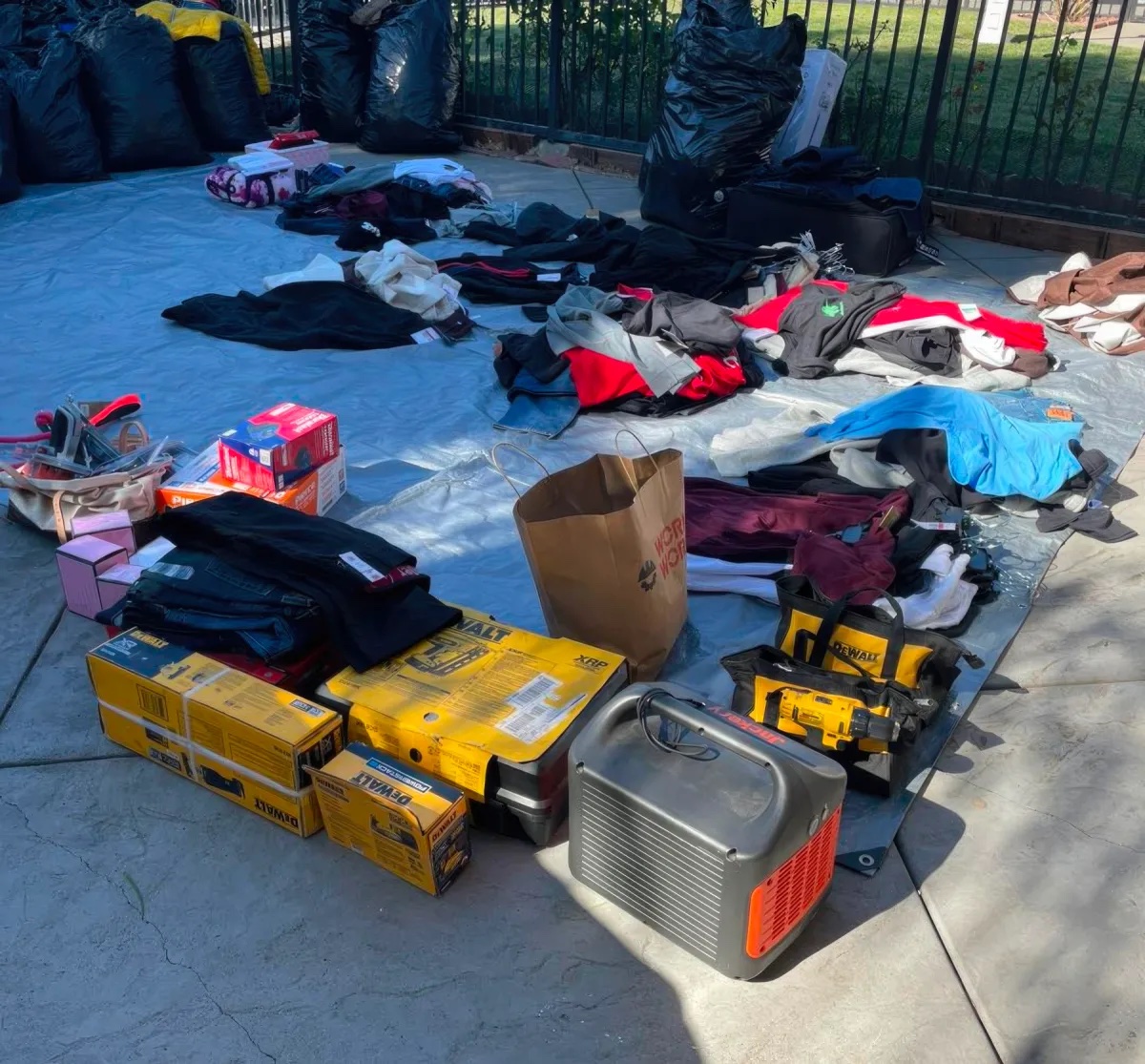The recently formed California State Assembly Select Committee on Retail Theft held its first hearing this week, with lawmakers getting a broad overview of the issue from stakeholders in the retail industry as well as criminal justice reform advocates and real estate and law enforcement officials.
Reforms created by Proposition 47, a need for basic consequences, including diversion programs, and better data were the focus of Tuesday’s analysis, along with cracking down on online retailers that sell stolen goods.
Retailers large and small are experiencing a range of increased theft around the state, from minor shoplifting to brazen, coordinated “smash and grab” robberies that cross a $950 threshold for felony charges.
But exactly how much theft is occurring was the subject of much of the discussion during the nearly four-hour hearing, which brought together nine panelists to represent the issue from the perspective of business owners and retail workers, real estate and small business interests, criminal justice reform advocates and law enforcement officials.
Proposition 47 was passed by voters in 2014 to focus criminal justice resources on more violent crime. It included reclassifying some potential felonies as misdemeanors and eliminated petty theft with a prior conviction as a separate offense, among other sentencing reforms.
The law’s alleged consequences, and potential reforms to it, drew much of the attention from lawmakers and panelists, who sometimes disagreed on how much the sentencing reforms the law created contributed to the rise in theft. But all agreed that a lack of data on retail theft from the industry made quantifying trends and losses difficult, and that whatever data does exist is likely skewed due to a range of complex, sometimes contradictory reasons.
Rachel Michelin, president of the California Retailers Association, said she agreed with lawmakers that better, more comprehensive data was needed. She said companies tended to guard those numbers, which she had seen as an obstacle during her tenure.
“That is very, very challenging, because you have to remember, they’re competitors. They compete, and many of them are publicly traded companies,” said Michelin. “So, they’re very hesitant to share specific data.”
Besides reluctance from companies to disclose data on losses from theft, data that does exist, like arrest records, can be unreliable. That’s because not all smaller thefts are reported to police, thefts that are reported sometimes don’t get a response from law enforcement, and people that are apprehended often feel there will be no consequences, especially if the theft is below the felony threshold.
Magnus Lofstrom, a director at the Public Policy Institute of California, said the data had crucial limitations that should be considered, such as the fact that statewide data does not extend beyond December 2022 and that the data is limited to thefts that are actually reported.
“Retail theft is likely underreported, especially low-value theft, and this may also change over time. Also, agencies may vary on how they report and categorize an offense,” Lofstrom said. “And importantly, the data do not allow specific identification of so-called smash-and-grab incidents or retail theft that is organized,” Lofstrom said.
He said overall, crime data indicated that retailers had increasingly been targets of crime from 2021 through 2022 in parts of California, including increases in shoplifting in San Francisco and Los Angeles counties. Felony commercial burglary was up in 21 of the state’s 58 counties from 2019 to 2022 and felony commercial robberies rose in 25 counties during that period.
He said the statewide numbers were in line with national trends without including New York City, which increases the national trend significantly when included.
Ensuring there will be basic consequences for even misdemeanor theft was viewed as key to reducing theft, especially by repeat offenders. Some panelists indicated that Prop. 47 reforms were creating challenges to holding offenders accountable, but others said there was room in the law to jail people guilty of misdemeanor shoplifting in the county jail for up to six months — there was just no room in the county jails.
“The county jails are busting at the seams,” said Ivy Fitzpatrick, a deputy district attorney for Riverside County. “They don’t have the room to house low-level felony defendants who are sentenced, much less misdemeanants.”
State Assemblymember Mia Bonta, D-Oakland, pushed back on that assertion, saying more data was needed, and that while she was concerned for the business climate in Oakland, she did not want to rely on incarceration as the primary solution.
Many of the panelists agreed that increasing diversion programs for offenders that would keep them out of jail or prison, but would bring some consequences for their actions and would be a key step in creating reforms going forward.
“We’re not looking to throw people in jail, we just want them to stop stealing, we want them to stop coming in, we want them to stop putting our employees in harm’s way, putting our customers in harm’s way,” said Michelin.
But putting offenders into diversion programs will require a concerted effort by multiple players to make sure that even smaller thefts are pursued by the legal system, including store owners to report the crimes, law enforcement to have the capacity to respond, and the willingness of district attorneys to prosecute.
“Each point in that chain has to do its role,” said Cristine Soto DeBerry with the Prosecutors Alliance of California.
DeBerry also said investigating and shutting down online marketplaces would be central to reducing organized retail theft, naming eBay and Amazon as potential targets for investigation.
Other panelists included Caitlin O’Neil from the state’s Legislative Analyst’s Office, union representative Amber Parrish Baur and real estate representative Jeff Kreshek. Also testifying were Californians for Safety and Justice founder Lenore Anderson and Alexander Gammelgard with the California Police Chiefs Association.
The select committee will hold future hearings early next year.
